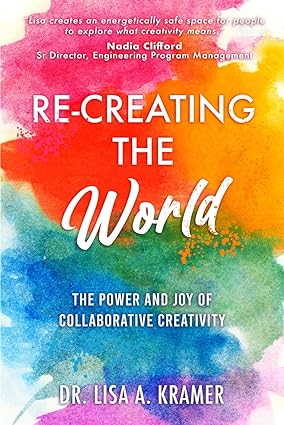Creative Teachers can Change the World
Okay, maybe I'm being a tad dramatic. But one of my favorite high school teachers challenged my social studies class with a creative approach that influenced who I am 40 years later.
.png)
What is a living chess tournament? There are different examples of what it could be, like this example of a historical event used to decide who would win the hand of the fair maiden:
To avoid losing them in a duel, the father forbade the encounter. He declared that the two rivals would play a chess game, and human actors representing the pieces would show the moves as they were made. Lionora would take the winner as her husband. The loser would also join the family but marry instead the younger daughter, Oldrada. (Bringing Chess To Life With Human Players In Marostica)
They reenact this event every year. Time for a trip to Italy!
Anyway, the chess tournament I'm talking about is a little different. It involved the merging of historical research, collaboration, and creativity. Little did I know how much of an impact this one event would be on everything I did later in life. I always held this example up as one that shows what can be done when we combine theatre, creativity, collaboration together with a touch of courage.
It should be no surprise, then, that I included this event in Re-Creating the World: The Power and Joy of Creative Collaboration. Here's an excerpt:

While I was working on this section, I decided to Google Rita Smith and find out what happened to her. I knew she was no longer at my high school. Much to my delight, I stumbled upon a recent fabulous podcast interview with the now retired Ms. Smith--one where she actually talks about the Living Chess Tournament. It's long, but an excellent listen for anyone who recognizes that education must consider new approaches if it wants us to move forwoard as a society. You can find it at the JFY Networks Podcast.
After listening, I reached out to JFY Networks to see if they could connect me with Rita. (She told me to call her that after I graduated from highschool. It was so hard back then). This morning, I heard back from her, and she reinforced for me, all over again, that my goal of building a more collaborative, creative world is a worthwhile one. I cried. In her words:
Together, you delighted in using your active imaginations, and knowledge of European history to answer “Big Questions”.:What would have happened, if these well-known, historic and literary characters engaged in a lively game of chess.? What would they say to one another. Especially, given the fact that they lived in different times and places? What important lessons could be learned from their moves and verbal exchanges?
Truth be told, only “kids” would dare to take on such a big challenge. And, never mind, to have succeeded. Then and now, I was very much impressed by your willingness to lose yourself in the creative process. And collaboratively compose a script that made all informed, and lively young participants into shining stars. (Rita Smith, Personal Correspondance)
Clearly, this wonderful teacher is still teaching. Who are the creative teachers who have touched your life? How can you become a creative mentor and teacher who will change the world for someone else?
I look forward to helping you find out.
.png)
